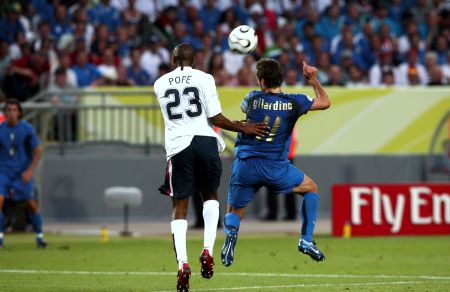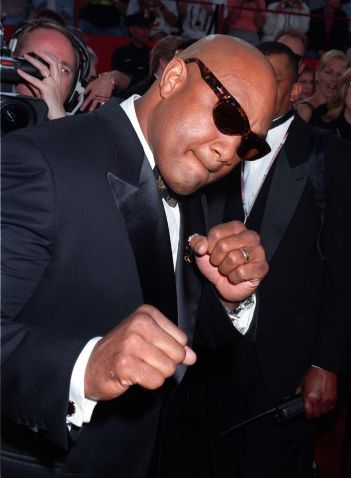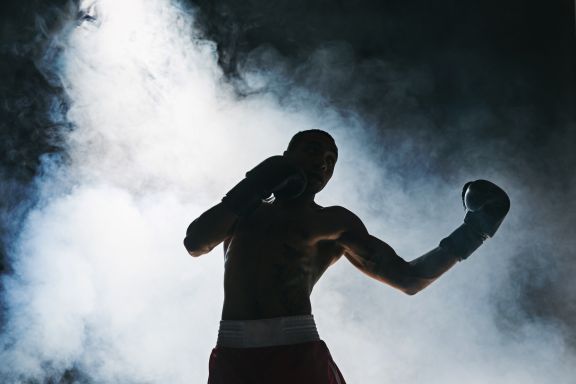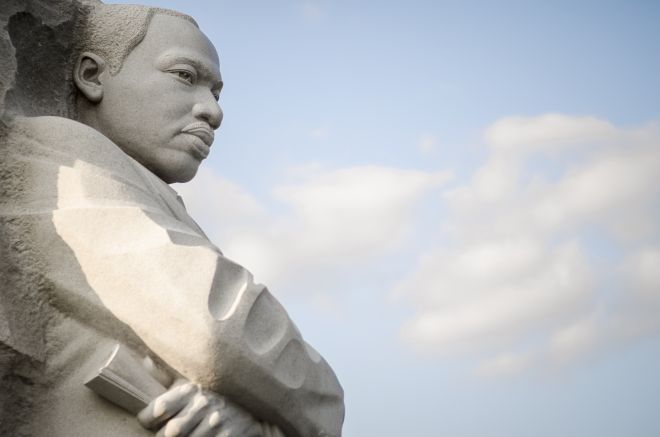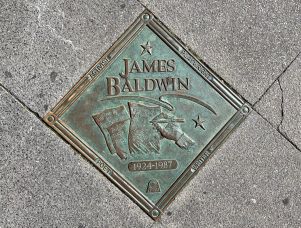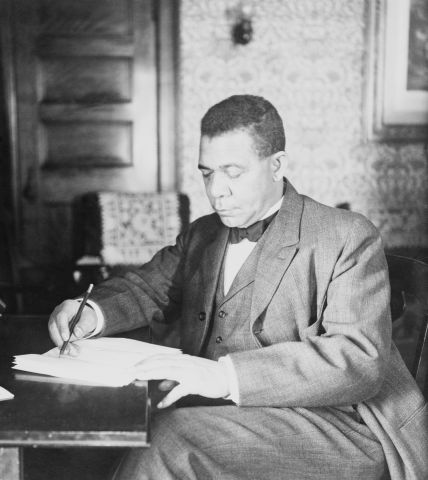The History of African American Soccer Players in America
There has been a long history of African Americans contributing to the growth of soccer in the United States. From playing on local fields to competing for college scholarships and even for national teams, there are many examples of African American soccer players. There are various examples of African American men and women who have played soccer in America. While there were some obstacles that they had to face, they did not let those stand in their way and continued playing this fantastic sport. Over time, it became extremely popular among African Americans. Today, you can find numerous professional African American soccer players across the country and internationally.
Eddie Pope
In 1993 and 1994, he played for the South in the U.S. Olympic Festival. In 1994 and 1995, he played for the U.S. U-23’s. He was a regular for the United States at the 1995 Pan American Games, playing every minute of every game. From 1996 to 2001, he was a fixture for the national team. He scored the first goal of his national team career in a 2-0 U.S. win over Trinidad and Tobago on March 16, 1996. He started all three games of the 1996 Olympics. Although he was offered a national team position in the fall of 1996 and turned it down, he has always shown intelligent, consistent play since joining the national team. He can play wide or central in defense, as well as both central and wide, which makes him a constant threat.
He was the most important player for the USA in the 1997 World Cup qualifying matches against Mexico and Canada, scoring the biggest international goal in the process. He was named the Honda Player of the Year in 1997 as the most significant player in the United States. He started every World Cup qualifying qualifying match for the USA except for three, scoring two goals and finishing second in minutes played. In 1998, he scored against Costa Rica in the CONCACAF Gold Cup, helping the US team to a historic victory against Brazil, 1-0. He was a starter on the US squad in the World Cup.

After Eddie was selected by the Washington, D.C. United in the first round (second overall) of the college draft of the MLS’s first competitive season, he scored the game-winning goal in overtime to give the United squad the inaugural MLS Cup championship over the LA Galaxy. At the age of 23, he was named the MLS Defender of the Year in 1997. Upon Eddie’s return in 1998 from the World Cup after a six-year absence, he led DC United to 12 consecutive wins in all competitions and to the CONCACAF Champions’ Cup. His goal in the final gave United the honor of being the United States’ first ever continental champion by defeating CD Toluca 1-0.
He was named the Futbol De Primera Player of the Year by the American media in 1998. In 1993 and 1994, he was named All-ACC and All-Southeast Region, All-America and All-South, and All-America, respectively, as well as All-ACC. In college, he started every game and was named All-ACC in both his freshman and sophomore seasons. From 1993 to 1996, he traveled to and from Chapel Hill and Washington, D.C., commuting to and from classes as a placekicker for the Tar Heels, but he dedicated himself exclusively to soccer.
At the age of six, Eddie began playing soccer. He admires Pele, who he hopes to become an attorney for, and he is the son of George and Lillian Pope. He is a musician, too, and his sister graduated from law school at North Carolina Central University. Eddie played four years of soccer, three seasons of football as a punter, and one season of baseball at Southwest Guilford High School. He was the first athlete in North Carolina to be picked for both the football and soccer high school all-star games. He hit a 48-yard field goal in high school.
The Eddie Pope Foundation was created as a result of a vision Eddie Pope had. Besides loving soccer, Eddie also cares for children in need, particularly those with difficult situations. The foundation offers a year-round program for at-risk youths, who, if left unaided, may become victims or perpetrators of violence, abuse narcotics, and become pregnant teens, as well as those who receive inadequate education. The program is open to all participants for free. It is operated in Washington, DC and in High Point and New Bern, NC at the moment.
Cobi Jones

A Southern California sports legend, Cobi Jones played for the LA Galaxy from 1996 to 2010, establishing himself as the club’s longest-standing member. LA’s ‘Original Cobi,’ as both a player and coach, spent 15 years with the Galaxy, establishing the #13 as the only number ever retired. He is one of only three MLS players to have scored 60 or more goals and 80 or more assists in his career, and he’s also the only player in MLS history to have stayed with the same club for every season since the beginning of the league. He was named ‘U.S. Soccer Athlete of the Year’ and ‘MLS Best XI’ in 1998.
Between 1994, 1998, and 2002, Cobi Jones played in three FIFA World Cups for the United States men’s national team, joining the LA Galaxy for 12 seasons, scoring 62 goals, and spending a decade with Coventry City in the English Premier League. He was inducted into the U.S. Soccer Hall of Fame in 2011. In US Men’s National Team history, Jones ranks highest with appearances (164), goals (15) and assists (22). He was a permanent fixture with the team from 1992-2004, and his World Cup appearances (1994, 1998, 2002) and Olympic appearance (1992) are the second most in National Team history. Cobi was a member of the 1992 US Olympic Soccer Team.
Cobi is engaged in numerous partnerships with organizations such as the LA84 Foundation, the LA2028 Olympic Committee, Cal South, AYSO, the U.S. Soccer Foundation, and others. He was a Presidential Delegate at both the 2015 FIFA Women’s World Cup Final in Canada and 2014 FIFA Men’s World Cup Final in Brazil, as well as an official with the U.S. State Department’s Sports Envoy. Jones was a Hall of Fame player at UCLA, where he scored 23 goals and assisted 37 others in 90 games. He grew up in Westlake Village, California, and played college soccer there.
He now works for FOX Sports as a commentator and is also the lead analyst for the LA Galaxy for Spectrum SportsNet. He was also employed by BeIN Sports and NBC in the past. Cobi resides in Los Angeles with his wife Kimberly and two children.
Conclusion
The history of African American soccer players in America is a long and interesting one. From helping to develop the game in America to being banned from playing it, black soccer players have overcome many obstacles over the years. Throughout the years, many black athletes have worked hard to overcome racism and discrimination. They have also worked to make the game of soccer more accessible to everyone, no matter what their race or ethnicity is. With so many examples of African American soccer players, it is clear that soccer has a bright future in America.
